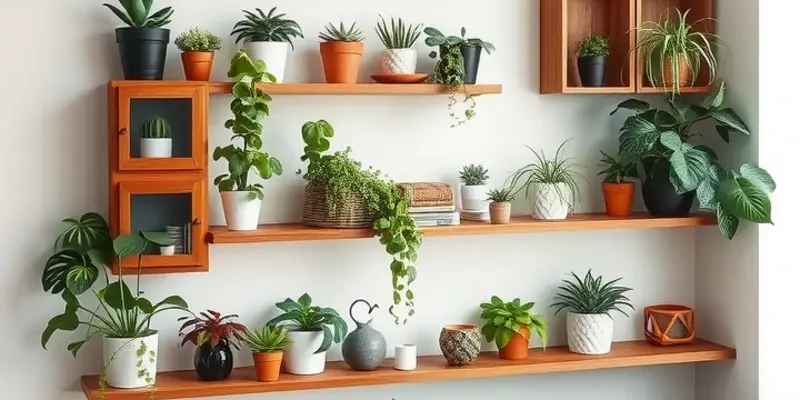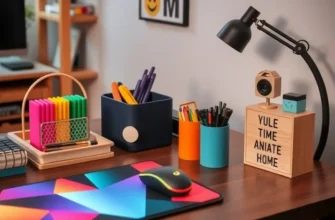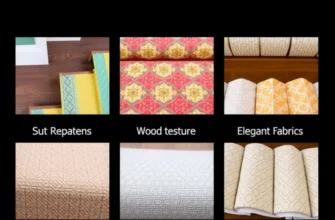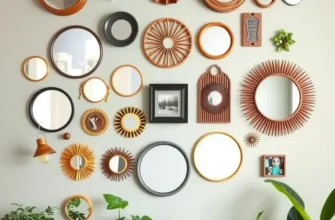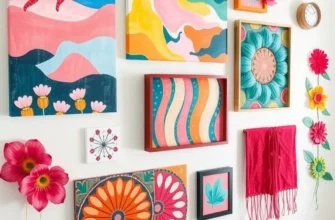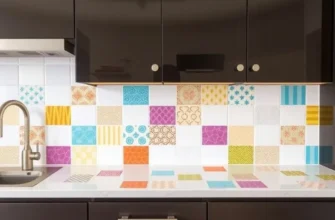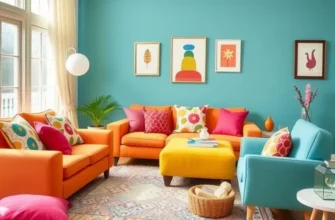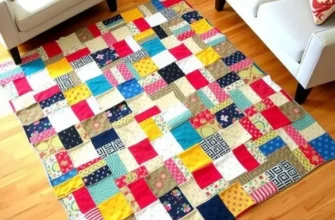Creating a cozy, personalized environment in your rental is easier than you might think—especially with the right DIY plant shelves! Whether you’re a creative renter, a busy young professional, a focused student, or a lively family, it’s time to breathe life into your living space with greenery. Plant shelves not only add a splash of color but also utilize vertical space, making them an ideal solution for smaller apartments. The beauty of DIY projects allows you to customize each piece while staying within your budget. From floating shelves to repurposed furniture, you can achieve a stylish and functional display without permanent alterations to your home. Let’s explore a range of projects that can enliven your space while highlighting your artistic flair. Grab your tools and ideas, and let’s cultivate a plant-filled sanctuary—one shelf at a time!
Floating Shelves: Simple and Stylish
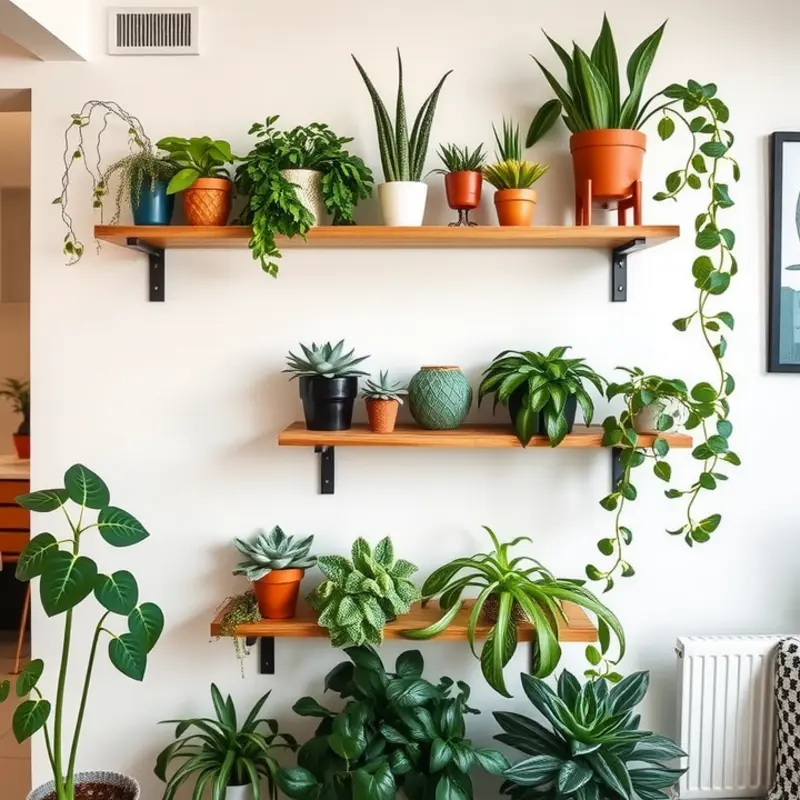
Floating shelves have emerged as a quintessential solution for modern renters. These shelves not only offer functionality but also add a chic, clean look to your apartment. With minimal hardware and maximum impact, let’s dive into the essentials of creating your own floating plant shelves.
First, gather your materials. You’ll need wooden boards of your preferred size and stain, shelf brackets, screws, a drill, level, pencil, and wall anchors if drilling into drywall. Using reclaimed wood can add a rustic charm, while a sleek stain offers a more contemporary feel.
Step-by-Step Instructions
-
Measure and Mark: Decide the height and length of your shelf installation. Use a pencil and level to mark the guidelines. Ensure the space can accommodate the height of your tallest plant.
-
Install Brackets: Position the brackets along the marked guidelines. Drill pilot holes before securing the brackets with screws. If necessary, use wall anchors for added stability.
-
Attach the Wood: Place the wooden boards onto the brackets. Ensure they align perfectly, then screw them securely into place through the bracket holes.
-
Check for Level: Use the level again to ensure your shelves are perfectly horizontal. Make any necessary adjustments.
Plant Selection and Arrangement
Select plants that thrive in the lighting conditions of your chosen wall. For areas with indirect light, snake plants or pothos could be ideal. In brighter spots, consider succulents or herbs that require more sunlight.
Create a visually appealing display by varying plant heights and pot textures. Opt for cascading plants to drape elegantly over the shelves, adding depth and movement. Consider including a small decorative piece or two for added interest.
Choosing the Right Location
When selecting a location for your shelves, consider factors beyond aesthetics. Proximity to natural light is key—remember that plants also thrive near windows. Floating shelves also serve as excellent space dividers in studio apartments or areas with open-plan layouts.
For those with limited natural light, employing grow lights can simulate sunlight and create optimal conditions for plant growth. Additionally, using app-based timers can help regulate the light exposure, ensuring your plants flourish.
The versatility of floating shelves is unmatched. Their ability to transform a mundane wall into a living gallery is unparalleled. Not only do they offer vertical storage, but they also infuse your home with lush, vibrant life.
For more ideas on adapting your space with greenery, check out these DIY window planters. They can complement your plant shelves beautifully and add even more character to your apartment.
Repurposed Furniture: Unique Plant Displays
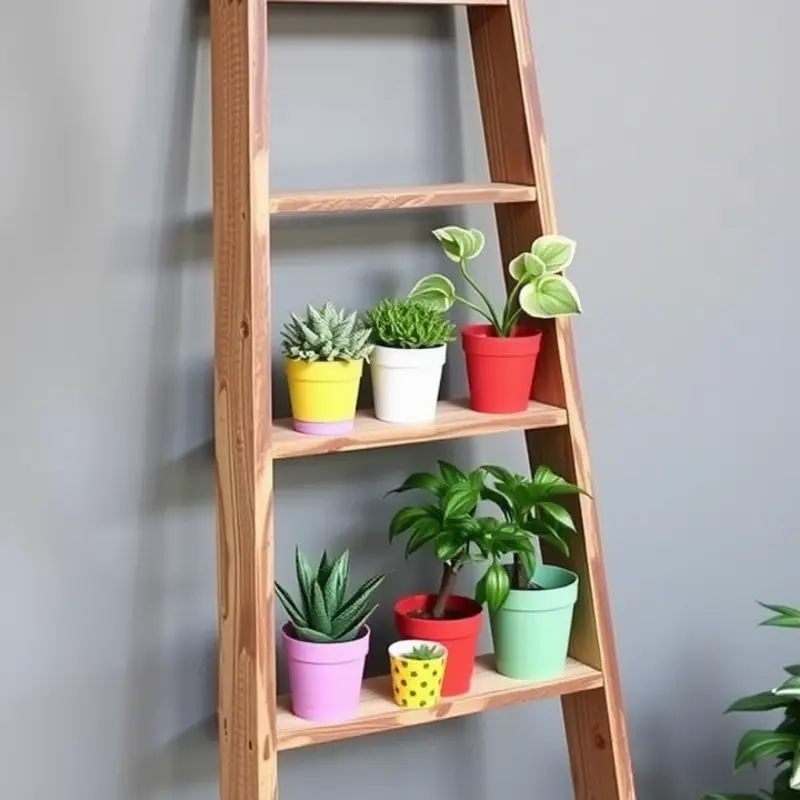
Revamp your space by turning everyday furniture pieces into one-of-a-kind plant displays. Whether you’re a seasoned DIY enthusiast or a curious beginner, transforming old furniture into plant shelves is a rewarding endeavor that infuses your apartment with both personal flair and greenery.
Consider an old ladder languishing in storage. With a bit of creativity, it morphs into a tiered plant stand. Start by sanding the ladder to remove any old paint or blemishes. If you prefer a natural look, apply a clear sealant; for a pop of color, opt for a fresh coat of paint. Securely anchor the ladder in its open position using brackets or sturdy ropes to prevent any accidental collapses. Arrange your favorite potted plants on each step, strategically placing those that thrive in indirect light like ferns or philodendrons towards the bottom steps where shade is more abundant.
A forgotten nightstand can make an excellent plant sanctuary, especially those with drawers or shelves. Remove any drawers and leave the shelves open to create nooks for plants. Consider lining the inside with waterproof material if you’re worried about water damage. For a farmhouse vibe, distress the nightstand’s paint. Choose hardy, low-light plants like pothos or snake plants that don’t require constant sun exposure, making them ideal for these nestled areas. With the help of a simple hook and some macramé hangers, the open structure can also support hanging plants, adding layers and interest.
Bookshelves provide ample space for crafting a greenery oasis. Begin by decluttering—keep only decor items that complement your plants. Place taller plants on the top shelf, like rubber plants or fiddle leaf figs, to draw the eye upwards and make full use of vertical space. For optimal safety, utilize plant stands or trays to catch excess water and prevent drips onto lower shelves. Anchor shelves to the wall to ensure stability, crucial if heavier pots are used.
When selecting plants, consider both the aesthetic design and the maintenance requirements. Low-maintenance plants are ideal for displays that are harder to water regularly. Hanging plants can appear more dynamic and add texture to your plant wall. Explore different pot styles and coordinating colors to further elevate your plant display.
Don’t shy away from blending various furniture styles—industrial with rustic or modern with vintage. The juxtaposition can create an eclectic look that’s uniquely yours. Committing to safety as you craft these displays ensures your plants are not only beautiful but secure. Beyond design, safety is paramount; furniture must be anchored appropriately, especially for those in earthquake-prone areas or renting with pets. For more ideas on renter-safe modifications, explore DIY renter-safe ladder tips.
Repurposing furniture into plant displays reduces waste and elevates personal style, making your apartment truly feel like home. With thoughtful selection and safety measures in place, you’ll create a nature-infused sanctuary that brings joy and life to every corner.
Final words
Bringing greenery into your home doesn’t have to be a daunting task, even for renters! With DIY plant shelves, you can creatively personalize your space and elevate its aesthetic without permanent changes. Whether you choose floating shelves for a sleek, modern look or repurpose furniture to add character, the possibilities are endless. Remember, each shelf can reflect your personality and bring an inviting ambiance—perfect for relaxing or entertaining. Embrace the joy of DIY, and let your plants thrive in a well-designed space that feels like home.

